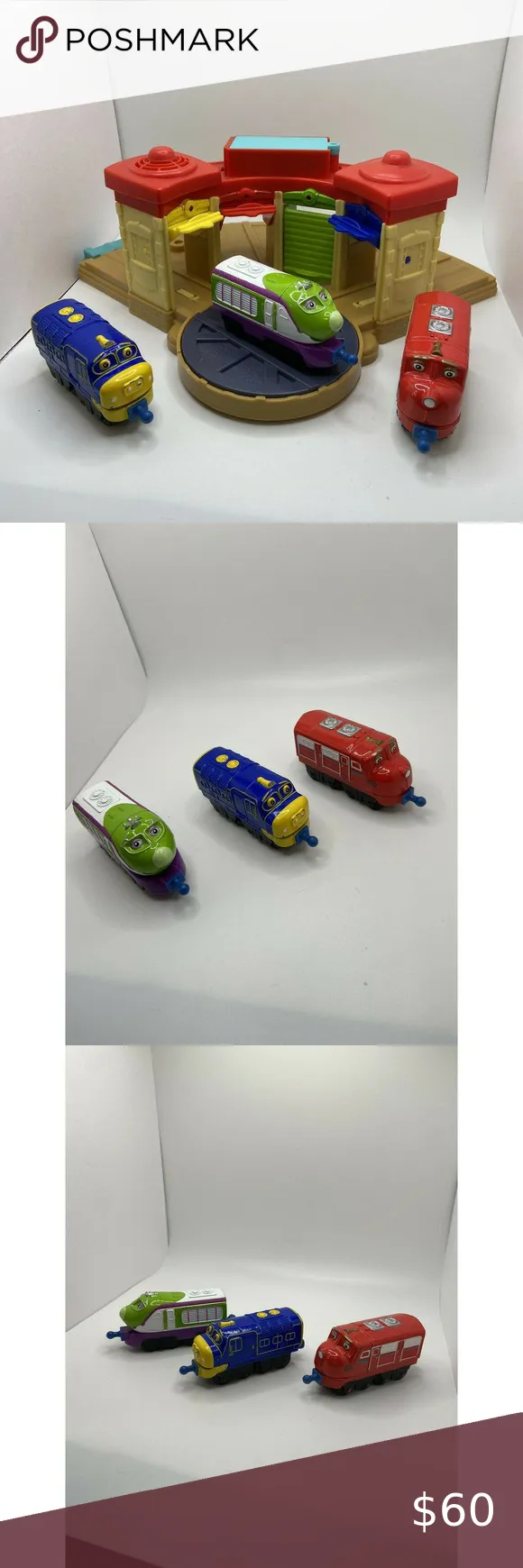Planning Your Chuggington Diecast Track Layout
Creating a Chuggington diecast track layout is an enjoyable activity for both children and adults. However, a well-planned layout enhances the play experience. This guide will walk you through the essential steps of planning a Chuggington diecast track layout, from assessing your space to adding the finishing touches. Careful planning ensures that the track layout is fun, functional, and provides hours of entertainment. Let’s get started on how to build the best Chuggington layout, focusing on the elements of space, resources, and playability to maximize fun.
Determine Your Space
The first and most important step in planning your track layout is determining the available space. Whether it’s a dedicated playroom, a corner of a bedroom, or a temporary setup on the living room floor, the size and shape of your play area will heavily influence your layout’s design. Considering these factors will save time and prevent frustration later in the planning process. Think about accessibility and how easily the layout can be accessed from all sides.
Measure the Area
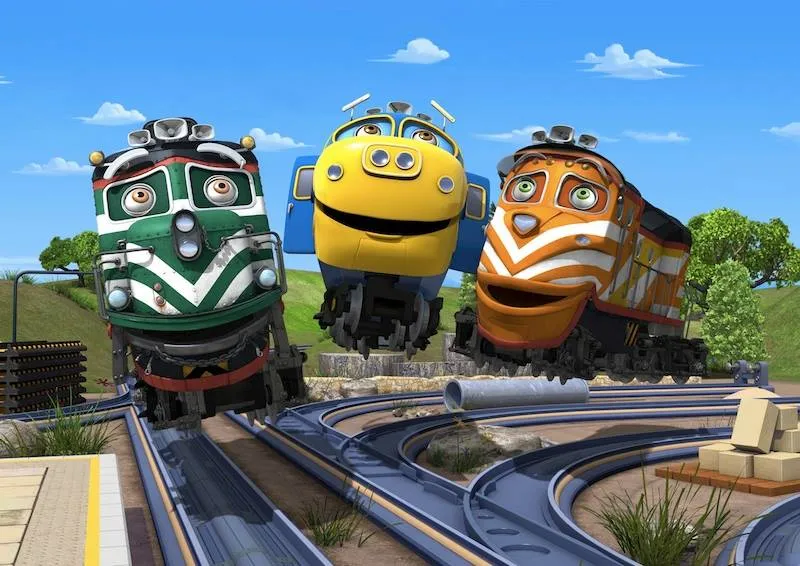
Carefully measure the length and width of your available space. Use a measuring tape to get accurate dimensions. Note any irregularities in the space, such as angled walls or built-in furniture. These measurements will be the foundation for your track layout design. Make a simple sketch of your space, including the measurements. This helps you visualize the layout and estimate how much track you can accommodate. For example, a rectangular space of 8 feet by 6 feet offers a larger footprint than a smaller, oddly shaped room.
Consider Obstacles
Identify any obstacles within your play area. This includes furniture, doorways, electrical outlets, or other permanent fixtures. Ensure that your track layout doesn’t impede access to these areas or pose a safety hazard. Consider the flow of traffic around the track. You do not want to have a layout that restricts people from using the space. Work around these obstacles or incorporate them into your design. For example, you might build the track around a coffee table or use a doorway as a tunnel. Think about how children will play around the layout. It’s better to have a track that flows naturally without having obstructions.
Gather Your Chuggington Diecast Sets
Before you start designing, gather all your Chuggington diecast track sets and accessories. This includes track pieces, bridges, tunnels, and any special features like turntables or roundhouses. Knowing exactly what pieces you have is crucial for planning your layout. It ensures that you can create the most engaging and functional track layout possible. Start by organizing all your Chuggington diecast sets to keep the planning phase as efficient as possible. Having everything in one place will streamline the process.
Inventory Your Track Pieces

Take inventory of all track pieces, including straight tracks, curved tracks, and any special track pieces. Count how many of each type you have. This will determine the possible layout configurations. You can also use a digital inventory tool to keep track of each component. Note the number of standard tracks versus curved pieces. This will help when you have to make decisions like creating a circular or figure-eight track. Make sure you have enough pieces to complete the design before starting construction.
Identify Special Features
Take a look at the special features and accessories you have. This includes bridges, tunnels, level crossings, and other unique components. These elements can add interest and complexity to your layout. These items make the track layout unique. Consider where you want to place them in the layout for maximum impact. For example, a bridge can be used to create elevation, while a tunnel can create a hidden section of track. Special features like turntables or roundhouses add interactive elements. Make use of these elements early in the planning phase.
Brainstorm Layout Ideas
With your space and track pieces inventoried, it’s time to start brainstorming layout ideas. Look for inspiration online, in books, or in Chuggington-themed media. The possibilities are endless, from simple loops to complex designs with multiple levels. Start by thinking about what kind of experience you want to create: Is it a high-speed chase scene, a scenic journey through tunnels and over bridges, or a busy rail yard filled with activity? The best layouts incorporate multiple elements to make the experience unique.
Sketch Initial Layouts
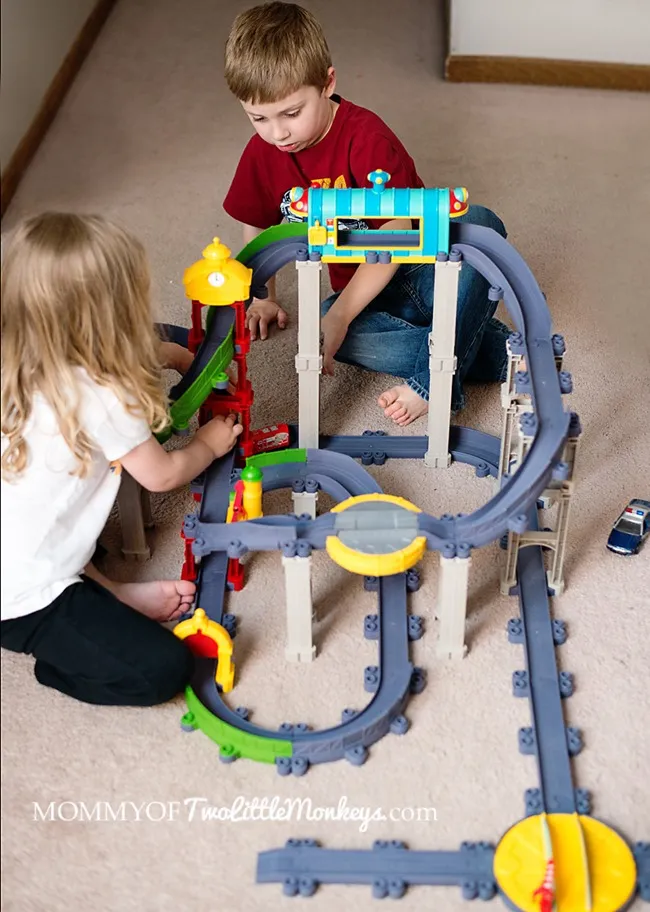
Once you have some ideas, sketch them out on paper. This helps you visualize how the track pieces will fit together. You can sketch the layout on grid paper for more precise planning. Draw the outline of your available space and then sketch the track. Experiment with different configurations until you find one that fits well within your space. Label each piece, if necessary, to keep track of your design. Use different colored pens to differentiate the levels and features of your layout. This will help you when it comes to construction.
Experiment with Track Configurations
Try out different track configurations, such as simple loops, figure-eights, and more complex designs with multiple tracks. Experiment with adding elevation using bridges and ramps. Explore how you can incorporate the special features you have identified. The best layouts incorporate multiple types of features to create a dynamic environment for play. Consider how the trains will move around the track. Make sure the curves are not too sharp and that the trains have enough space to move freely. Modify your design until you are satisfied with the result. This will save you time during the build phase.
Optimize for Playability
A great track layout is fun, but it must also be playable. This means ensuring that the track is easy to access, that the trains can run smoothly, and that there are interesting features to interact with. Prioritize creating a layout that encourages imaginative play and keeps children engaged. Think about how the layout will be used in practice. Consider how many trains you want to run simultaneously. Make sure the track has enough space for the trains to run smoothly. The design should allow for easy access to the layout for placing and removing trains.
Ensure Easy Access
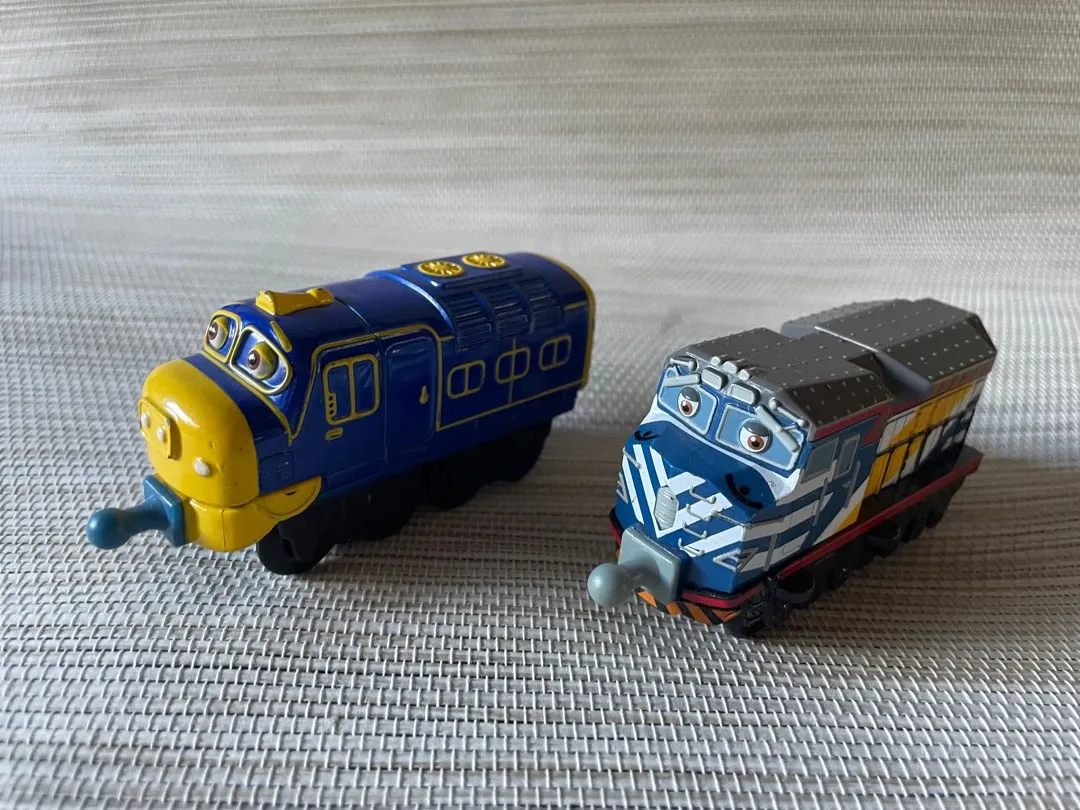
Make sure the track layout is easy for children to access from all sides. Avoid creating layouts that are difficult to reach or that block access to other play areas. A layout that is easy to reach enhances the fun. Ensure there’s enough space around the track for children to stand, sit, and interact with the trains. If the layout is large, consider leaving gaps or pathways within the track. Consider the height of the layout to make sure it is easy for children to reach all areas. This will help in making the play experience more engaging.
Incorporate Elevation and Features
Use bridges and ramps to create elevation changes. These features add visual interest and excitement to the layout. Use tunnels, level crossings, and other accessories. These additions can stimulate the imagination and allow children to create stories around the trains. Bridges and elevated sections create a dynamic and engaging experience. Incorporate hills, valleys, or tunnels into your layout to make the play experience more varied. Combine various features like a bridge leading into a tunnel for a unique experience.
Testing and Refining Your Layout
After planning, it’s essential to build and test your layout. This will help you identify any issues and make necessary adjustments before you build the entire layout. This is an important step that will optimize the final layout. It helps ensure that the layout is functional and enjoyable. When building the prototype, pay close attention to train performance. Ensure the trains run smoothly and do not derail. Testing is crucial for making the play experience more immersive.
Build a Prototype
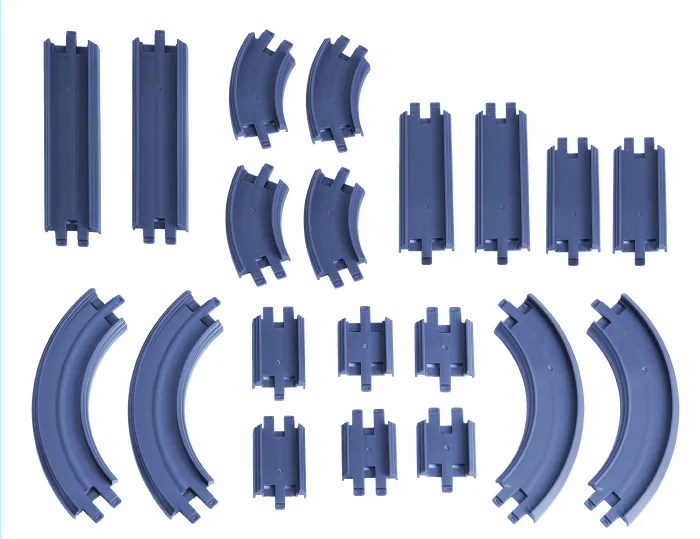
Before you build the entire layout, assemble a prototype of the track. Use the plan you created to arrange the track pieces. This prototype will allow you to identify and fix any potential problems. Build a small section of your layout to begin. This approach helps you avoid wasting time and resources on a layout that does not function well. This will help when it comes to the final construction. The layout should be tested for functionality and aesthetic appeal. This is the time to make any necessary adjustments to the design before the final build.
Test for Train Performance
Once the prototype is built, run your Chuggington diecast trains on the track. Observe how the trains navigate the curves, hills, and other features. Ensure that the trains run smoothly and do not derail. Ensure there is no friction on the tracks and that the trains can operate at their optimal speed. Pay close attention to how the trains handle the bridges, tunnels, and other obstacles. Test the layout with multiple trains running at the same time. This helps to assess how the trains interact with each other. Keep an eye out for any potential issues or areas for improvement.
Identify and Correct Issues
If you identify any issues, such as derailments or tight curves, adjust the track layout. Make any necessary changes to ensure that the trains run smoothly. Remove tight curves and replace them with more gentle ones. Make sure that there are no track pieces that cause excessive friction. Examine any bridge supports to ensure they are stable. Once the layout is functioning optimally, you can proceed with building the complete track layout. Test the changes to the track. Ensure that they have improved the layout and resolved all the issues.
Adding Scenery and Details
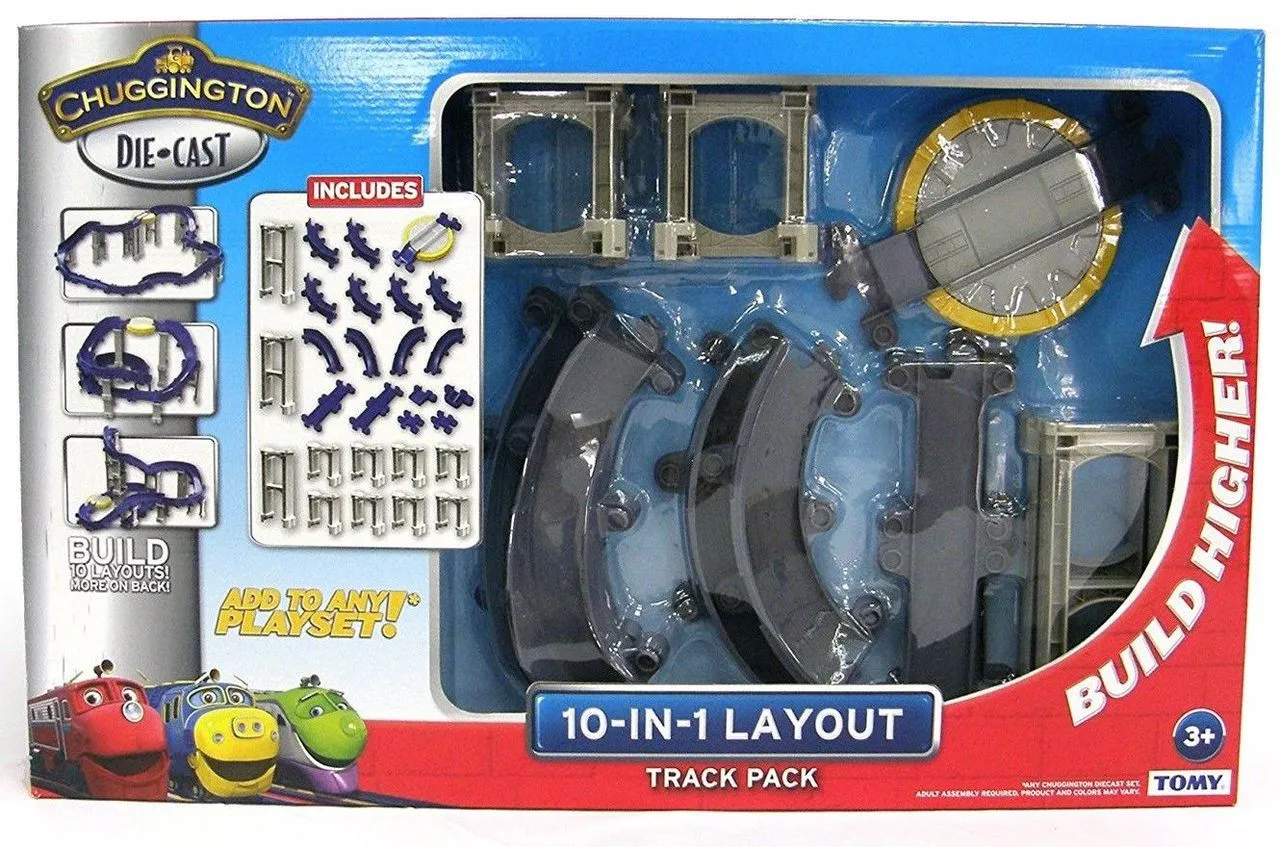
Once your track layout is built and tested, it’s time to add scenery and details to enhance the play experience. This step will bring your Chuggington world to life and encourage imaginative play. Scenery transforms a functional track into an immersive environment. By adding scenery, your Chuggington diecast layout becomes more engaging and stimulates imaginative play. Use these details to improve the experience of the track layout.
Incorporate Buildings and Structures
Add Chuggington-themed buildings and structures. These could include the Roundhouse, Chuggington Station, or other iconic buildings. Position these structures strategically around the track layout. This will create a realistic environment for the trains to operate. Use these structures to add narrative elements to the layout. These elements can make the layout more interactive. You can also use building blocks or other toys to build your own custom structures. Make sure the structures are the right size to fit in your track layout.
Use Landscape Features
Include landscape features such as trees, bushes, and rocks to create a more realistic environment. Use craft materials such as felt, fabric, or paper to create the landscape. This will give your Chuggington track layout a more dynamic environment. Incorporate hills, valleys, and water features to create more depth. Use these elements to create an environment where the trains can operate. The landscape adds a realistic touch to your track layout and creates an immersive play experience.
Enhance the Play Experience
By following these steps, you can create a Chuggington diecast track layout that is fun, functional, and engaging for children. Remember to focus on planning your space, gathering your materials, and testing your layout before adding scenery and details. By incorporating these elements, you can make the play experience more immersive and enjoyable. With careful planning and creativity, you can build a fantastic Chuggington diecast track layout. It will bring hours of fun for everyone involved. Enjoy the planning and building process and let your imagination run wild!
